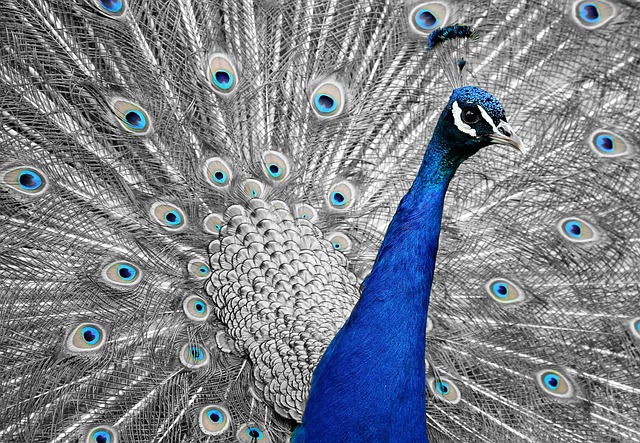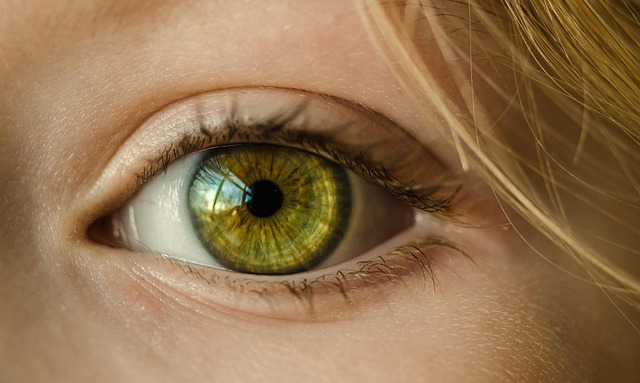The color wheel is more than a static diagram; it is a living tool that guides painters through the complex landscape of hues, tones, and emotional resonance. Whether you are sketching a pastoral scene, painting a still life, or composing a modern abstract, the color wheel offers a framework that turns experimentation into intentionality. By understanding the relationships between primary, secondary, tertiary, and complementary colors, artists can create harmony, tension, or surprise in a single stroke.
Origins and Evolution of the Color Wheel
Sir Isaac Newton’s early 17th‑century experiments with light and prisms introduced the first organized representation of color. His rainbow diagram laid the groundwork for the modern color wheel, which was later refined by artists like Johann Wolfgang von Goethe, who argued that colors also evoke psychological responses. Over time, the wheel has evolved from a simple circle of primary hues to a nuanced palette that includes value, saturation, and the subtle interplay of light and shadow.
- Newton’s prism experiments: 1672
- Goethe’s Theory of Colours: 1810
- Modern digital tools: 21st century
Primary, Secondary, and Tertiary Foundations
The foundation of any color wheel consists of three primary colors—red, blue, and yellow. Mixing two primaries produces a secondary color: green, orange, or violet. By blending a primary with a secondary, you arrive at one of six tertiary hues, such as red‑orange or blue‑green. These building blocks are the essential vocabulary for painters; mastering them unlocks a vast array of combinations.
“The most subtle difference in color comes from the smallest adjustment in hue, value, or saturation.” – Unknown
Complementary Colors and Visual Balance
Complementary colors sit opposite each other on the wheel—red versus green, blue versus orange, and yellow versus violet. When placed side by side, they create a dynamic contrast that can make both colors appear brighter. In composition, a strategic use of complementary pairs can guide the viewer’s eye or establish a focal point.
- Red and green: evokes nature or Christmas
- Blue and orange: conveys a sunset or a vibrant urban scene
- Yellow and violet: provides a subtle, almost twilight feel
Analogous Color Schemes for Cohesion
Analogous colors are adjacent on the wheel and share a common hue. Painting with an analogous palette can produce a harmonious, soothing effect, often used in landscapes or portraits where subtlety is key. A simple transition from blue‑green to blue‑violet can give a scene a cool, dreamlike atmosphere.
Monochromatic Harmony and Depth
Monochromatic schemes involve variations of a single hue, altered by adding white, black, or gray. This technique focuses the eye on value and saturation rather than color clash. In a monochromatic painting, depth emerges from tonal differences rather than hue variation, making it an excellent approach for studies of light or shadow.
Using Color Temperature to Evoke Mood
Color temperature refers to the perceived warmth or coolness of a hue. Warm colors (reds, oranges, yellows) tend to advance, while cool colors (blues, greens, violets) recede. By manipulating temperature, painters can control spatial perception and emotional tone. A warm glow on a subject can suggest intimacy, while a cool palette may convey melancholy.
Practical Tips for Integrating the Color Wheel into Your Workflow
Below are actionable strategies that artists can apply immediately, whether working on canvas, sketchbook, or digital medium.
- Start with a color grid: Sketch a small sample of each hue to evaluate their interactions.
- Build a color wheel in your palette: Use a simple circle or a printable template to keep reference close.
- Test complementary contrasts: Apply a test strip of a complementary pair to see how they intensify.
- Explore analogous gradients: Blend neighboring hues for seamless transitions.
- Record outcomes: Keep a visual journal of which combinations produce the desired emotional effect.
Adapting Traditional Knowledge to Digital Painting
Modern software includes vector color wheels, allowing artists to manipulate hue, saturation, and value in real time. However, the same principles apply: the digital tool is simply a new medium for the age‑old science of color harmony. Adjusting color temperature on a layer mask or using blending modes can create depth akin to a layered paint build.
Common Mistakes and How to Avoid Them
Even seasoned painters can fall into pitfalls that undermine the power of the color wheel.
- Overuse of pure, saturated colors without value contrast: This can lead to flatness.
- Neglecting the impact of background tones: A bright background can make the foreground colors appear dull.
- Ignoring the emotional connotations of hues: Red can feel aggressive or passionate depending on context.
- Forgetting that color harmony evolves with the painting’s narrative: A change in mood might require a shift in palette.
When to Break the Rules
Art thrives on experimentation. Use the color wheel as a guide rather than a constraint. For instance, a deliberate clash of complementary colors can create a jarring effect that feels modern and edgy. Alternatively, mixing unexpected tertiary hues can yield a signature palette that distinguishes your work.
Extending Beyond the Canvas: Color Wheel in Design
Designers, too, rely on color wheel principles to create visually coherent interfaces, branding, and typography. By mapping color relationships to user experience goals—such as trust, excitement, or calmness—designers translate the same concepts used by painters into a digital context.
Case Study: Branding Through Color Harmony
When developing a brand identity, selecting a primary hue and its complementary or analogous counterpart ensures that marketing materials feel consistent. For example, a technology company might choose a cool blue paired with a vibrant teal to convey innovation and reliability. Consistent application across web, print, and packaging reinforces brand recognition.
Final Thoughts: The Living Nature of the Color Wheel
The color wheel is an ever‑evolving tool, bridging centuries of artistic insight and modern technology. Its power lies not in rigid rules but in the freedom it provides to explore the endless possibilities of hue, value, and saturation. Whether you are a novice dabbling in watercolor or a seasoned master experimenting with oil glazes, let the color wheel be your compass, guiding you toward vibrant harmony in every stroke.



